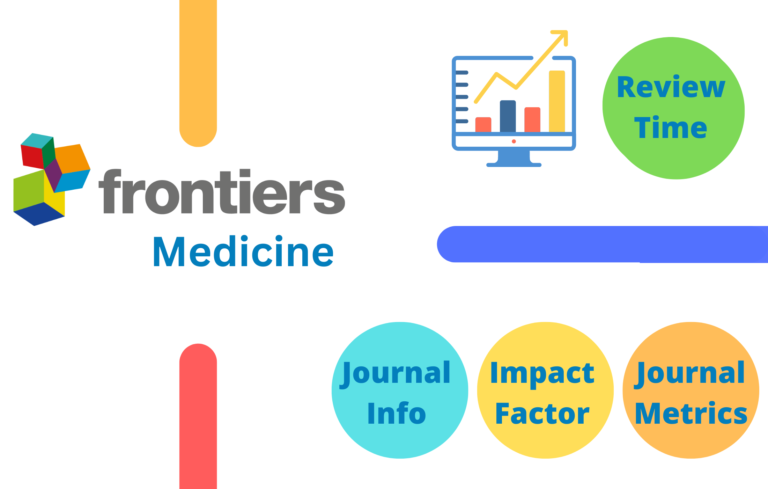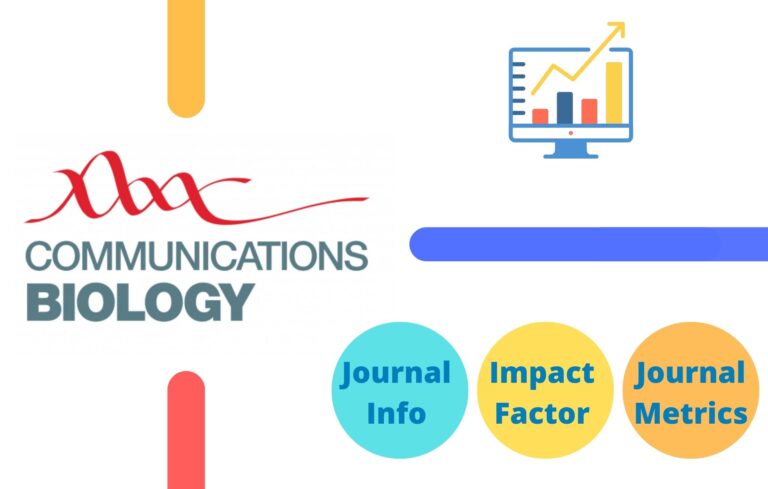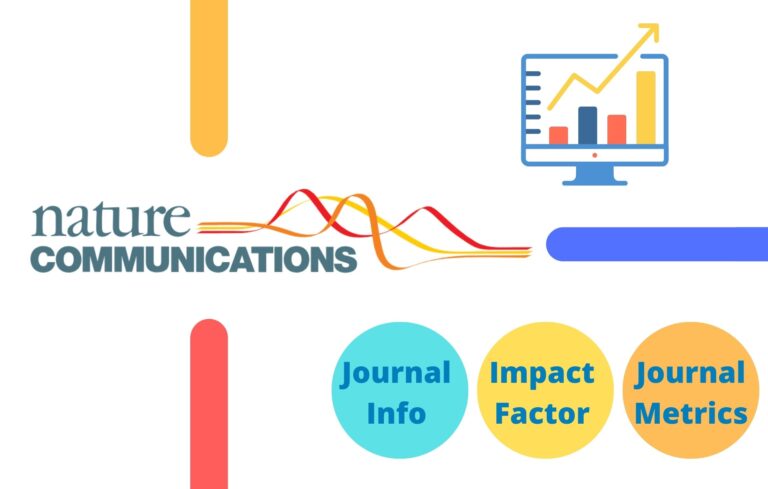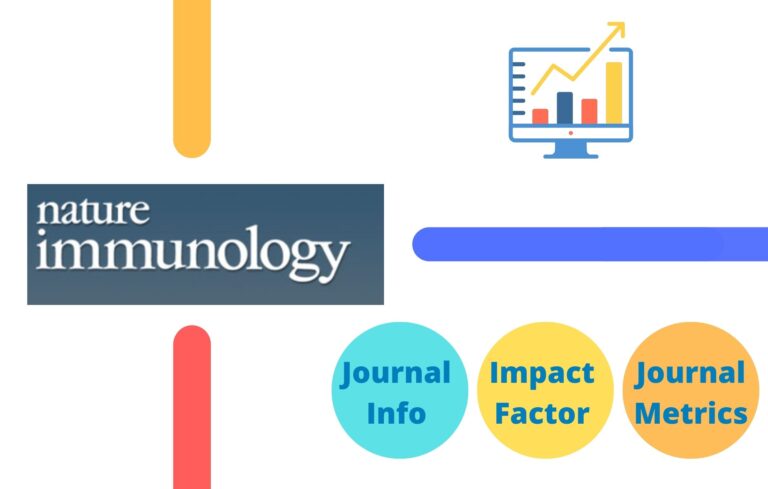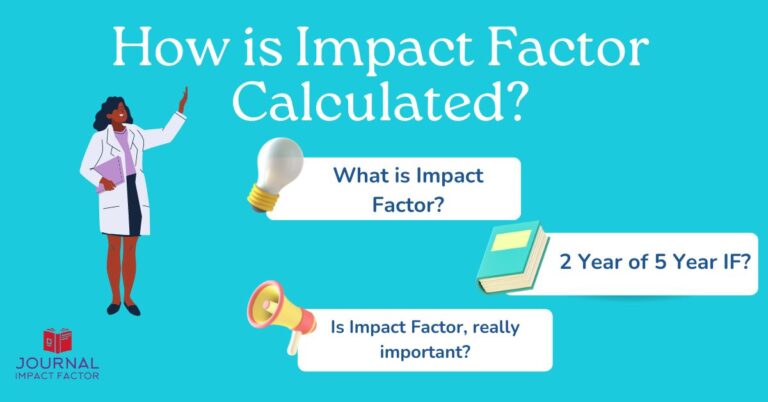The Science Citation Index Expanded (SCI-Expanded or SCIE) is a database of scholarly journal articles in the sciences. It is a part of the Web of Science database, which Clarivate Analytics maintains.
The SCI-Expanded covers over 8,500 journals in the sciences and is considered one of the most comprehensive databases of scientific literature. It allows users to search for articles by author, title, journal, and keywords.
It also provides tools for analyzing and visualizing the data, such as citation maps and impact factors. The SCI-Expanded is used by researchers, librarians, and other professionals to find and track the latest scientific research in their field.
What are SCIE and SCI?
The Science Citation Index (SCI) and the SCIE are both part of the Web of Science database, which Clarivate Analytics maintains.
The SCI includes fewer journals than the SCIE, focusing on the most highly cited and influential journals in the sciences. It is considered a more selective database than the SCIE.
The SCIE, on the other hand, includes a larger number of journals across a wider range of scientific disciplines, including the social sciences and the humanities. It is considered a more comprehensive database than the SCI.
Both SCI and SCIE allow users to search for articles by author, title, journal, and keywords and also provide tools for analyzing and visualizing the data such as citation maps and impact factors.
The main difference is the number of journals indexed and the level of selectivity. Researchers and professionals would use one or the other depending on the specificity and comprehensiveness required.
Which is better SCI or SCIE?
SCIE is a more comprehensive database that covers more journals across a wider range of fields, including the sciences, social sciences, and the arts and humanities. It includes over 8,500 journals in total, with coverage dating back to 1900.
SCI, on the other hand, is a more focused database that covers a smaller number of journals in the natural sciences and engineering. It includes around 5,000 journals in total, with coverage dating back to 1980.
Both SCIE and SCI provide information on the number of articles published in a journal, the number of citations received by the journal, the number of citations per article, the immediacy index (the average number of times an article is cited in the same year it is published), and the five-year impact factor (an average of the Journal Impact Factor for the past five years).
In terms of which one is better, it depends on your specific needs and goals, if you are working in a field that is covered by SCI and do not have to check for other fields, then SCI would be more suitable.
However, if you are working in a multidisciplinary field, or need to check for references from other fields, SCIE would be a better choice.
What is JCR?
Journal Citation Reports (JCR) is a database provided by Clarivate Analytics (formerly part of Thomson Reuters) that tracks and measures the impact of academic journals.
It provides a variety of metrics and data on journals in the sciences and social sciences, including the journal impact factor (JIF), which is a measure of the frequency with which the average article in a journal has been cited in a particular year.
Which is better SCIE or ESCI?
SCIE (Science Citation Index Expanded) and ESCI (Emerging Sources Citation Index) are both databases of scholarly journals maintained by the Institute for Scientific Information (ISI).
SCIE is a more established database, containing journals that have been carefully selected for their high impact and high quality. It is widely considered to be a reliable indicator of a journal’s prestige and influence in its field.
ESCI, on the other hand, is a newer database that includes journals that are not yet indexed in SCIE but are considered to be of potential significance. It is intended as a way for researchers to discover new and emerging journals in their field.
In general, having a journal indexed in SCIE is considered to be more prestigious than being indexed in ESCI, and having an article published in a SCIE indexed journal is considered to be more valuable than having it published in an ESCI indexed journal.


